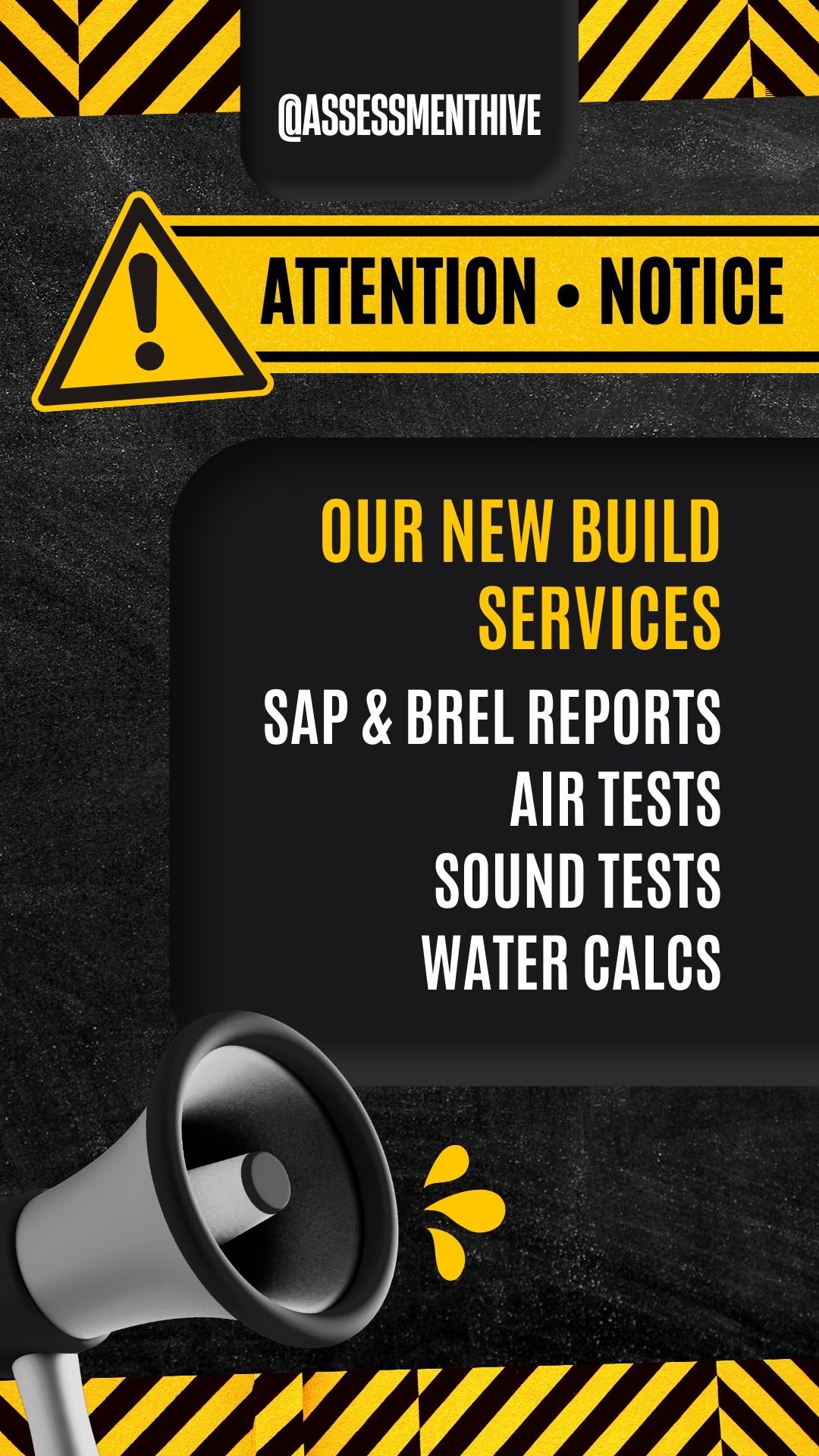Heat Pumps: What You Need To Know
The government has set the ambitious target of getting the UK carbon neutral by 2050. One of the ways that can help is using heat pumps to provide warmth to homes. Heat pumps offer a low carbon heating solution that can benefit many households.
Heat pumpers are considered a key tool for the country to meet its goal. However, most people in the UK don’t know what they are or how they work. To help you decide if a heat pump is the right option for you, here’s some of the essential information to know.
Types Of Heat Pump
You can choose between two different types of heat pumps.
Ground source heat pumps use the warmth of the earth to provide your home with heat. To install one of these, you will need to dig up the ground in your garden to lay pipes. However, these are the most efficient option and are very effective even when the temperatures drop well below freezing.
Air source heat pumps collect air from outside your home and use the heat it contains as an energy source. If you choose this heat pump style, you will need to install a unit on the outside of your home.
Installation In Most Properties
Most heat pumps are installed on new buildings. However, you can install them in practically any buildings. All you need is the outside space to either lay pipes or to fit the ventilation unit. You can even use these units to heat highrise flats.
Property owners with listed properties might encounter issues. Listed buildings need clearance before installation. In these cases, you may need to seek planning permission.
Grants Available To Help With The Costs
The idea of installing a whole new heating system can be daunting. While they will save you money, in the long run, the initial costs can be relatively high. However, there are grants available for homeowners to help them install heat pumps.
In England, using the Green Homes Grant Scheme, you can get vouchers worth up to £5,000 to help cover the cost.
They Work All Year Round
Given that heat pumps work by drawing heat from the environment, many people worry that they won’t work in winter. However, they work using similar principles to the fridge in your home, just in reverse. This means they can continue to draw heat even when the temperature drops very low.
Once the temperature gets below -15oC, air-source heat pumps can begin to struggle a little. However, in this country, that is not a concern.
You Need To Choose The Right Sized Heat Pump
Heat pumps are a low-carbon option because they only need to use a small amount of electricity. However, to be effective, you need to choose the right sized pump for your home. To do this, it’s best if you get your heat loss calculations done. These will help you choose the right heat pump so your home stays warm, and your bills stay low.
If you are interested in installing a heat pump, we can help you with the calculations. Why not speak to our team of experts today to discuss how we can help you reduce your carbon footprint?







